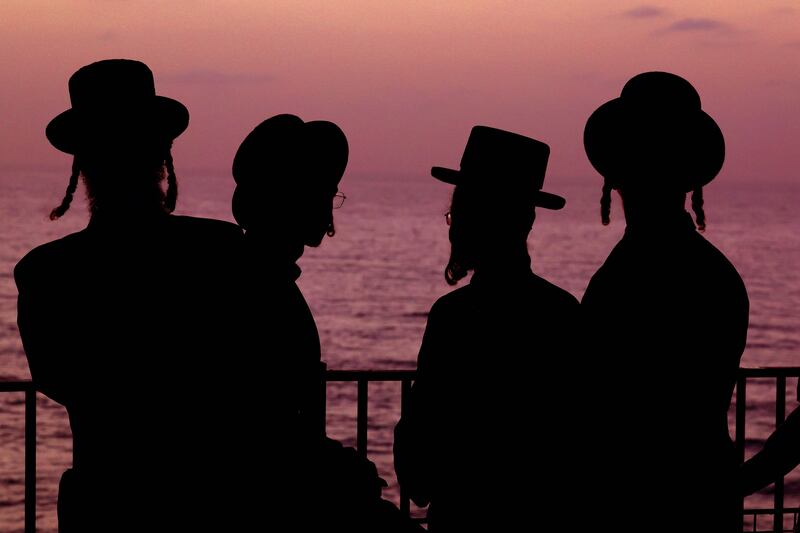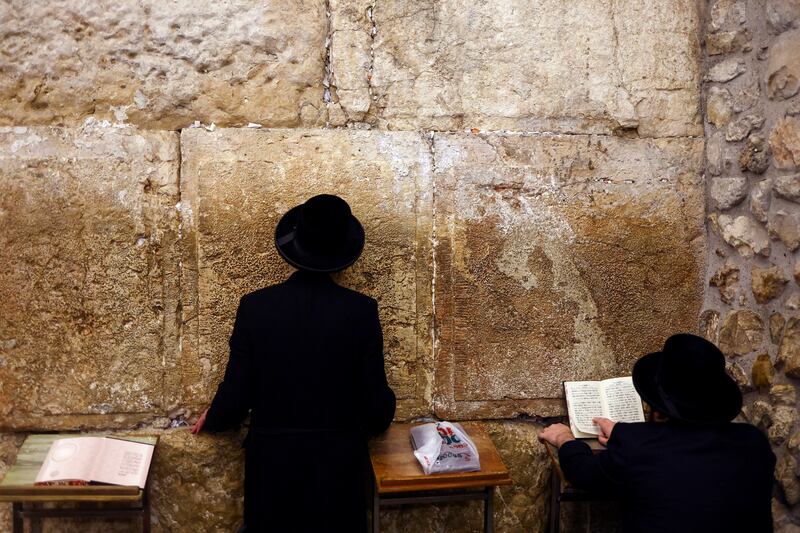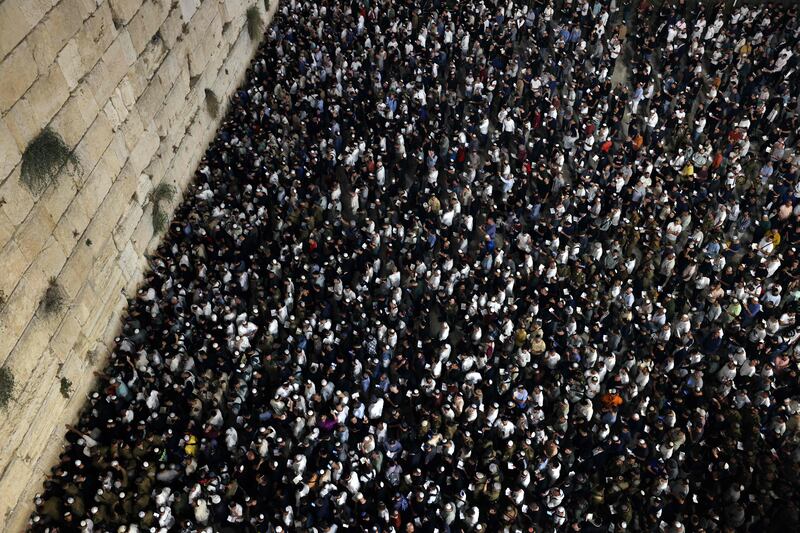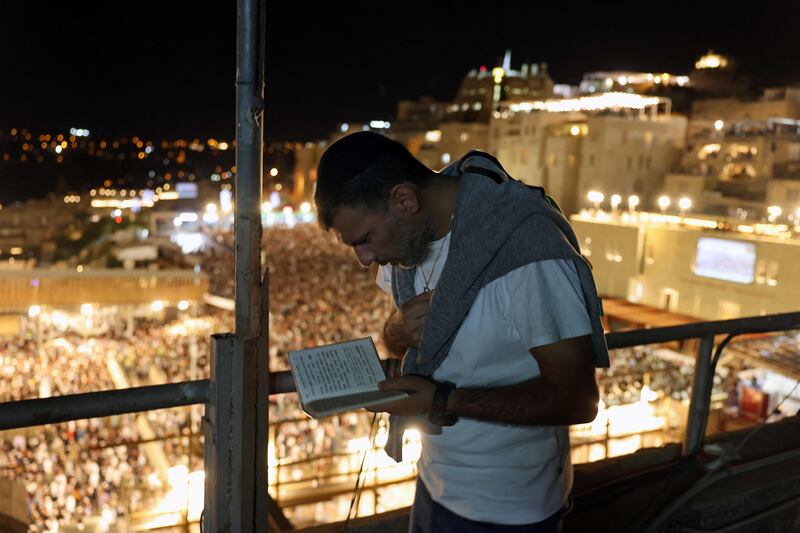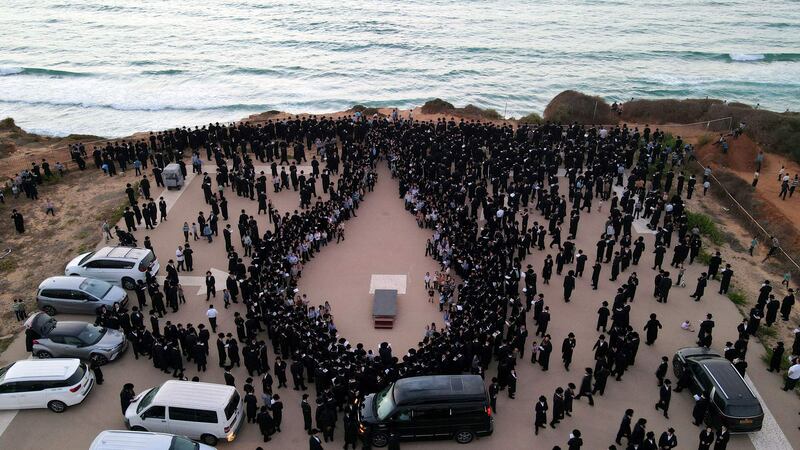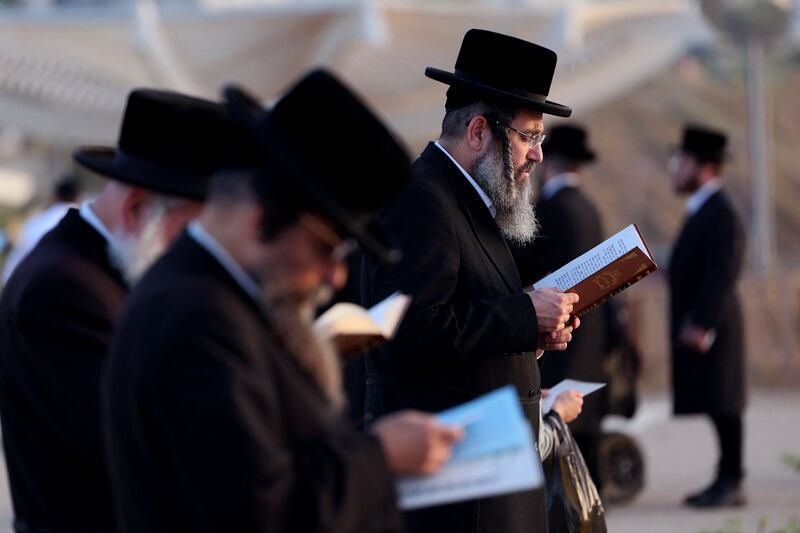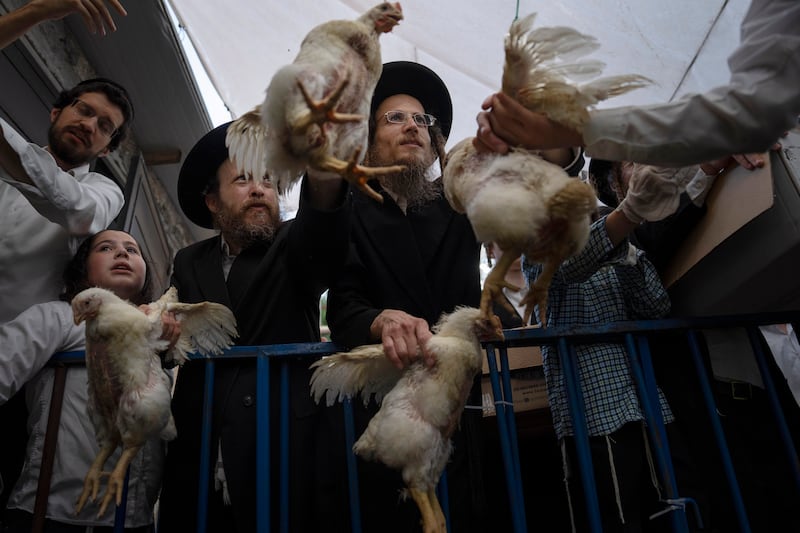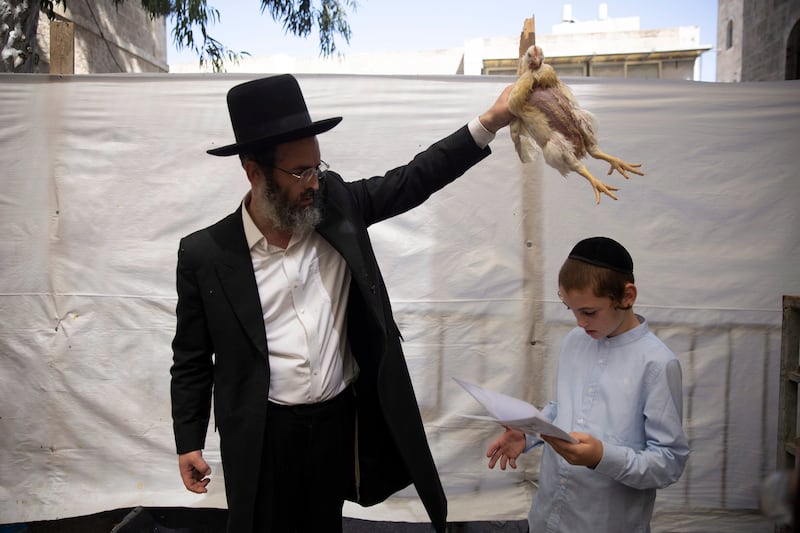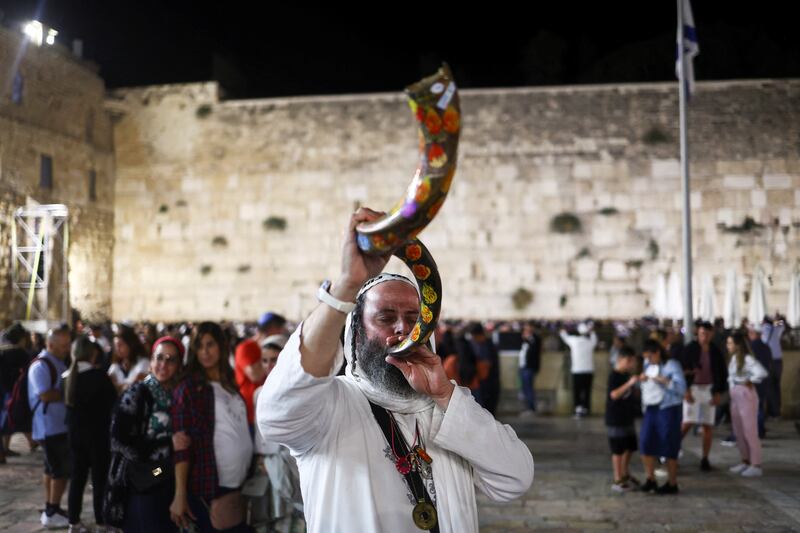Life in Israel comes to a standstill on Yom Kippur, the holiest day in the Jewish calendar.
Schools, restaurants and shops close for the day, the roads are free from cars or public transport, border crossings shut, flights are grounded and TV and radio falls silent.
Yom Kippur in 2022 takes place on Tuesday, October 4. It starts before sunset and is set to end after nightfall on Wednesday, October 5.
The holiday is marked by fasting and prayers in synagogues.
But what is Yom Kippur and where did it come from?
What is Yom Kippur?
Yom Kippur, which means day of atonement in Hebrew, is observed on the 10th day of Tishrei, the seventh month of the Hebrew calendar.
A sacred and solemn time of reflection and repentance, Yom Kippur marks the last day that Moses spent on Mount Sinai after leading the Israelites out of Egypt.
Moses is believed to have received the stone tablets bearing the Ten Commandments from God on the mountain.
The first commandment forbade the worship of anything other than God, but when Moses came down from the mountain he found the Israelites worshipping a golden calf.
Angered by this, Moses threw the tablets to the ground, breaking them. The Israelites then atoned for their sin, prompting God to forgive them and give Moses a second pair of tablets.
When does Yom Kippur take place?
Yom Kippur comes 10 days after the first day of the month, known as Rosh Hashanah, the Jewish new year.
Prayers and efforts to seek atonement fill the days between Rosh Hashanah and Yom Kippur, which are known as the days of repentance or the days of awe.
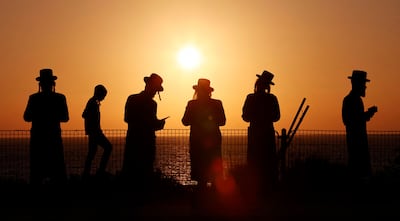
According to the Jewish faith, God dictates every person's fate for the coming year on the day of Rosh Hashanah, before it is sealed on the day of Yom Kippur.
Although Israel does not have a law prohibiting driving on this day, the streets are typically empty as Jewish law requires that no work should be done on the day of Yom Kippur — which includes operating a motor vehicle or running a business.
The ensuing reduction in pollution has been welcomed by environmentalists and people are often seen roller-skating or cycling along streets usually overrun with traffic.
This custom means that air and land travel stops and life in the country seemingly comes to a standstill.
Observant Jews wear white and do not wear make-up, perfume, leather shoes or gold jewellery for the day, abstaining from physical pleasures to devote themselves to God and demonstrate regret at having sinned.
Why do people fast?
Worshippers make their way to synagogues throughout the first 10 days of Tishrei but attendance is usually at its peak on the day of Yom Kippur itself, which is also observed with a day-long fast. Worshippers spend the entire day and the night before in prayer and meditation.
Yom Kippur services include readings from the Torah. The day ends with final prayers and the blowing of the ritual horn known as the shofar as a call for repentance.

Another less commonly practised ritual is the act of Kaparot, in which a white chicken is swung above the head as a prayer is recited, before being slaughtered in accordance with Jewish religious laws. Some people replace the chicken with a bag of money.
The sacrifices on the eve of the day of atonement are charitable contributions, which a person can donate to the needy for consumption or use on the day of Yom Kippur.
